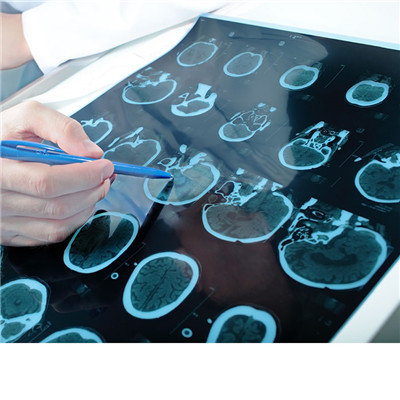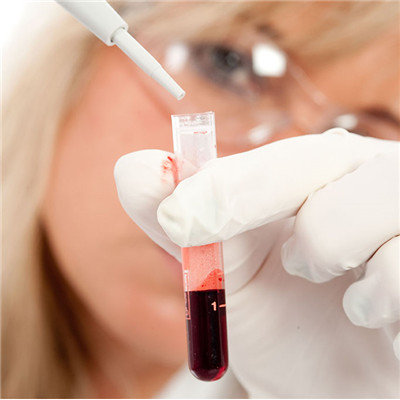Has anyone ever had a total maxillotomy?
summary
Total maxillectomy is the main operation for the treatment of maxilla tumor. According to the nature of the tumor, the extent and degree of destruction, partial maxillectomy (only alveolar process and palatal process), subtotal maxillectomy (lower orbital margin and orbital floor bone plate reserved) and total maxillectomy can be performed respectively. The extent of maxillectomy may include the removal of coracoid process, anterior edge of ascending ramus, pterygoid process, zygoma and part of zygomatic arch of mandible, the removal of orbital contents and the removal of ethmoid sinus contents.
Has anyone ever had a total maxillotomy?
Indications 1. Primary malignant tumors in maxillary sinus, including cancer of maxillary sinus, preoperative radiotherapy, or sarcoma of maxillary sinus, etc. 2. Primary malignant tumor in nasal cavity and ethmoid sinus, involving maxillary sinus in a wide range.

Preoperative preparation 1. X-ray and CT examination of nose and paranasal sinuses should be done well. 2. Preoperative preparation for general anesthesia. 3. Prepare blood. 4. Make denture bracket () to facilitate the recovery of masticatory function and the blockage of operation cavity. 5. Clean the cheek and mouth. 6. If the tumor invades the pterygopalatine fossa and causes the limitation of mouth opening, which is not convenient for oral intubation anesthesia, tracheotomy can be performed before operation, and general anesthesia can be applied by intubation at the electric incision. 7. In order to reduce intraoperative bleeding, the ipsilateral external carotid artery should be ligated first.

Note 1. There is a small amount of bleeding after operation, which will stop gradually and can not be treated. If there is more bleeding after the operation, it is often related to incomplete hemostasis during the operation. The gauze should be blocked and compressed, or the wound should be opened to stop bleeding again, and the rehydration and blood transfusion should be given. 2. The orbital periosteum and cribriform plate should be avoided to avoid the complications of orbital or intracranial infection. If the orbital periosteum is lacerated, it should be sutured immediately. If the cribriform plate is damaged and cerebrospinal fluid flows out, it should be repaired immediately. Antibiotic therapy was strengthened after operation. It can avoid the occurrence of complications. 3. During the operation, gauze should be used to block the anesthesia intubation of laryngopharynx to prevent the blood from entering the lower respiratory tract and causing aspiration pneumonia.

matters needing attention
Postoperative treatment 1. Use antibiotics after operation to prevent infection. 2. The blockage was removed gradually after the bleeding stopped for 48 hours. 3. The suture was removed about 5-7 days after operation. 4. After wound healing, the operation cavity should be cleaned every day to keep it clean, so as to promote the growth and healing of wound epithelium. The denture bracket should be cleaned every day.
















